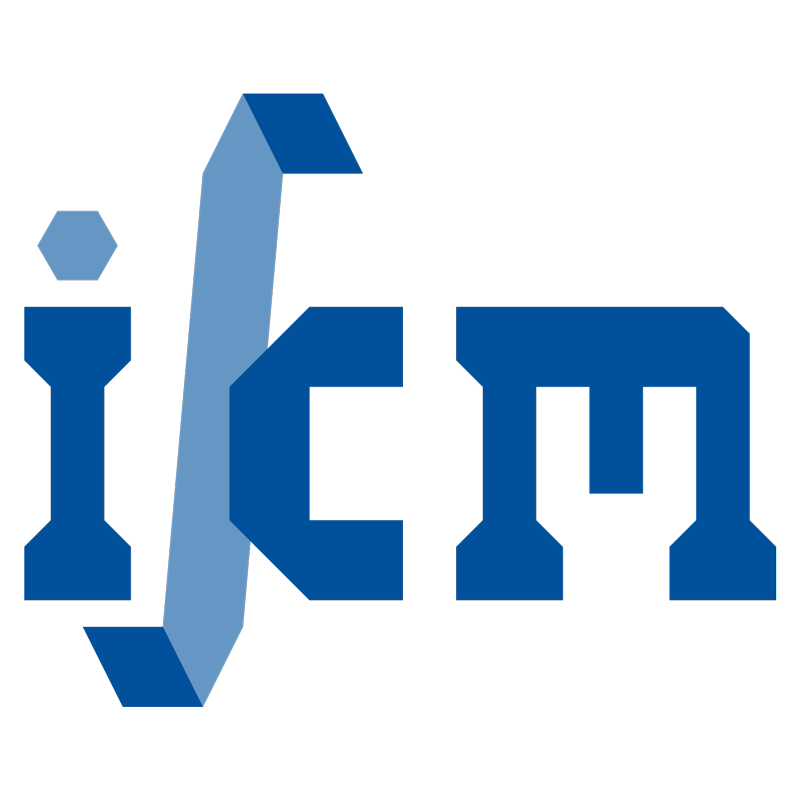A curing model for the numerical simulation within additive manufacturing of soft polymers using peridynamics
- verfasst von
- Philipp Hartmann, Christian Weißenfels, Peter Wriggers
- Abstract
Within this paper, the modelling and simulation of extrusion-based Additive Manufacturing (AM) processes of curing polymers is presented. The challenge of the AM is the adjustment of processing parameters. This includes the application of laser radiation to locally accelerate the curing in order to control the final geometry of the implant. Since complex multi-physical coupling effects are hardly predictable by operator experience, numerical simulations are beneficial. When the underlying physical effects of the AM processes are captured correctly within the simulations, a realistic representation of the process is possible. To model the material behaviour during the process, a process-dependent large strain curing model is formulated, considering the stress free curing behaviour of the material. State-of-the-art models are not able to model the fluid-like behaviour of low cured polymers. This needs a formulation that takes into account finite deformations. Hence, the current model is extended to finite plasticity using a process-dependent yield function. This allows the modelling of material spreading in the fluid-like state by simultaneously reducing the accumulation of elastic stored energy, which would lead to an unintentional and non-physical bounce-off behaviour otherwise. For the numerical simulations, an enhanced version of the peridynamic correspondence formulation using fractional subfamilies with associated volume weighting factors is introduced and implemented. Besides the specific laser modelling as a volumetric heat source, a local–non-local coupling of the arising thermo-chemo-mechanical coupled equations is introduced within the peridynamic framework. Within the simulations, the applicability of the plasticity-based approach to model material spreading in the fluid-like state is presented. Finally, the software for extrusion-based printing processes is developed and the complete thermo-chemo-mechanical coupled AM process is simulated. It is shown that higher geometrical precision is obtainable in terms of a reduced material spreading by the application of a laser radiation. The model constitutes the first step of the virtual implant development regarding the optimisation possibilities during the AM process.
- Organisationseinheit(en)
-
Institut für Kontinuumsmechanik
- Typ
- Artikel
- Journal
- Computational Particle Mechanics
- Band
- 8
- Seiten
- 369-388
- Anzahl der Seiten
- 20
- ISSN
- 2196-4378
- Publikationsdatum
- 03.2021
- Publikationsstatus
- Veröffentlicht
- Peer-reviewed
- Ja
- ASJC Scopus Sachgebiete
- Numerische Mechanik, Tief- und Ingenieurbau, Numerische Mathematik, Modellierung und Simulation, Fließ- und Transferprozesse von Flüssigkeiten, Computational Mathematics
- Elektronische Version(en)
-
https://doi.org/10.1007/s40571-020-00337-2 (Zugang:
Offen)


